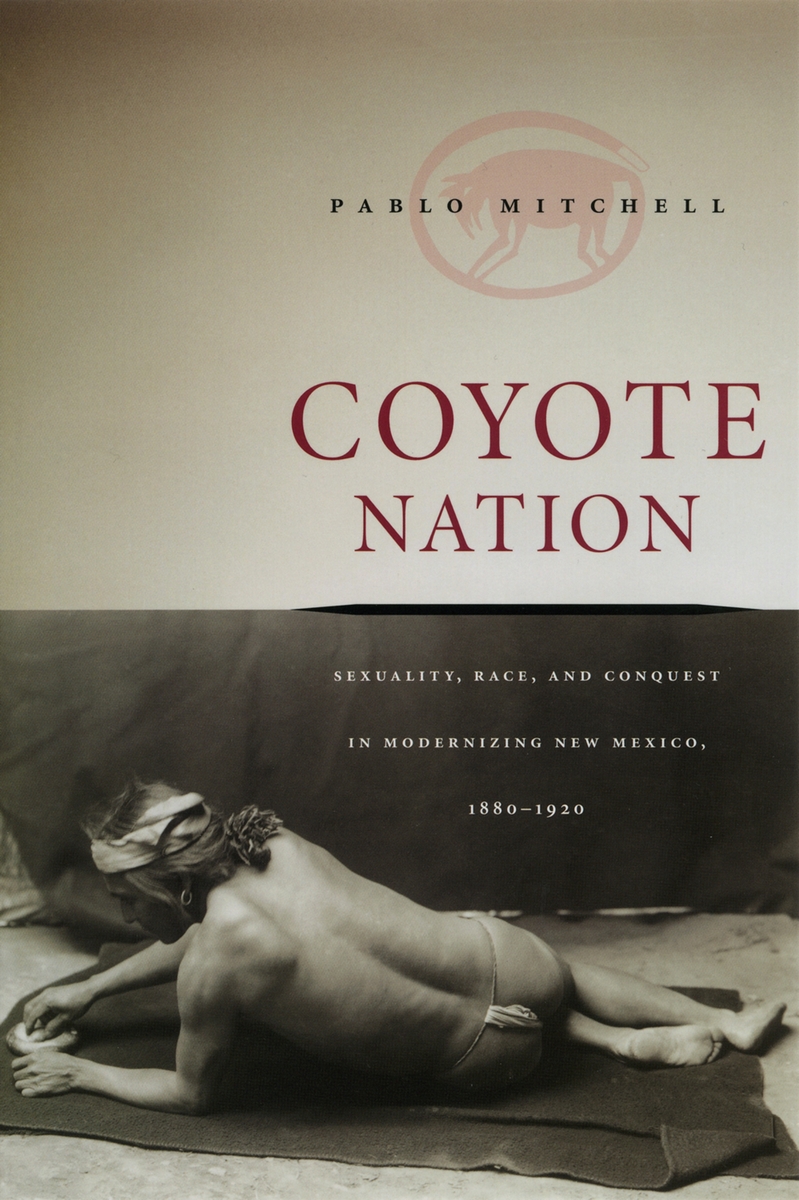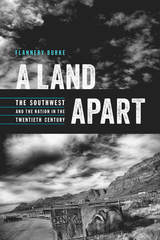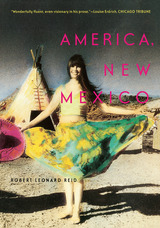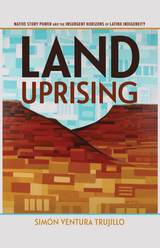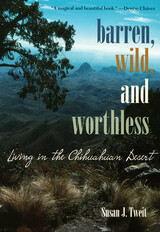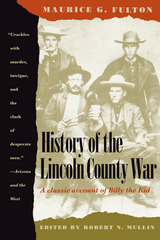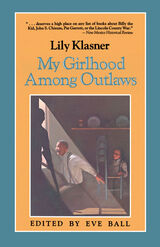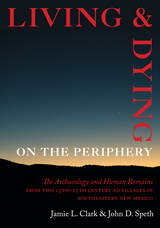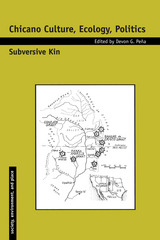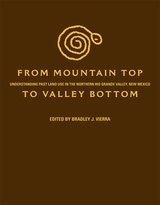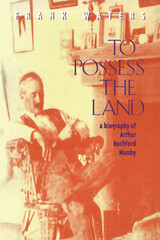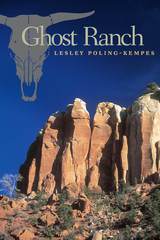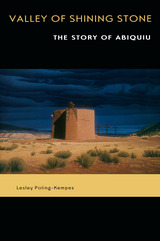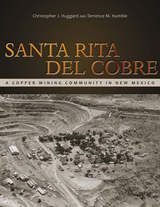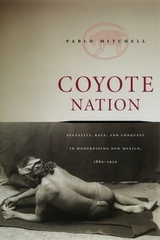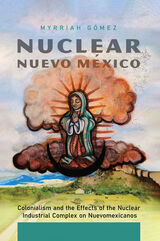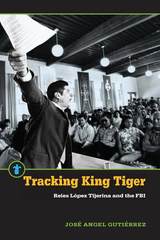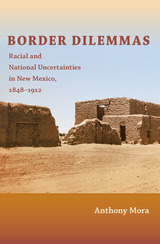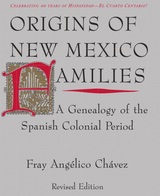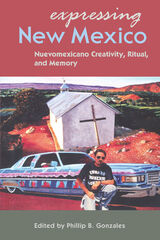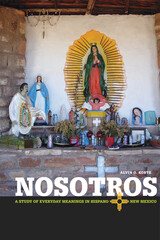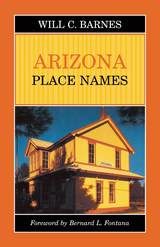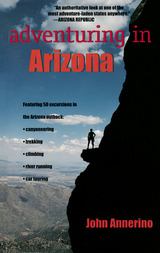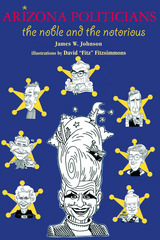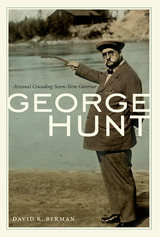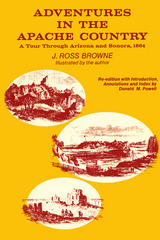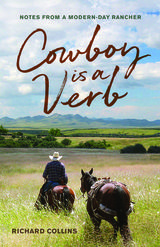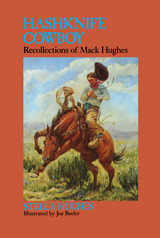Coyote Nation: Sexuality, Race, and Conquest in Modernizing New Mexico, 1880-1920
University of Chicago Press, 2005
Cloth: 978-0-226-53242-4 | eISBN: 978-0-226-53252-3 | Paper: 978-0-226-53243-1
Library of Congress Classification F805.A1M58 2005
Dewey Decimal Classification 978.904
Cloth: 978-0-226-53242-4 | eISBN: 978-0-226-53252-3 | Paper: 978-0-226-53243-1
Library of Congress Classification F805.A1M58 2005
Dewey Decimal Classification 978.904
ABOUT THIS BOOK | AUTHOR BIOGRAPHY | REVIEWS | TOC | REQUEST ACCESSIBLE FILE
ABOUT THIS BOOK
With the arrival of the transcontinental railroad in the 1880s came the emergence of a modern and profoundly multicultural New Mexico. Native Americans, working-class Mexicans, elite Hispanos, and black and white newcomers all commingled and interacted in the territory in ways that had not been previously possible. But what did it mean to be white in this multiethnic milieu? And how did ideas of sexuality and racial supremacy shape ideas of citizenry and determine who would govern the region?
Coyote Nation considers these questions as it explores how New Mexicans evaluated and categorized racial identities through bodily practices. Where ethnic groups were numerous and—in the wake of miscegenation—often difficult to discern, the ways one dressed, bathed, spoke, gestured, or even stood were largely instrumental in conveying one's race. Even such practices as cutting one's hair, shopping, drinking alcohol, or embalming a deceased loved one could inextricably link a person to a very specific racial identity.
A fascinating history of an extraordinarily plural and polyglot region, Coyote Nation will be of value to historians of race and ethnicity in American culture.
Coyote Nation considers these questions as it explores how New Mexicans evaluated and categorized racial identities through bodily practices. Where ethnic groups were numerous and—in the wake of miscegenation—often difficult to discern, the ways one dressed, bathed, spoke, gestured, or even stood were largely instrumental in conveying one's race. Even such practices as cutting one's hair, shopping, drinking alcohol, or embalming a deceased loved one could inextricably link a person to a very specific racial identity.
A fascinating history of an extraordinarily plural and polyglot region, Coyote Nation will be of value to historians of race and ethnicity in American culture.
See other books on: Human body | Mind and body | New Mexico | Sex customs | Sexuality
See other titles from University of Chicago Press
